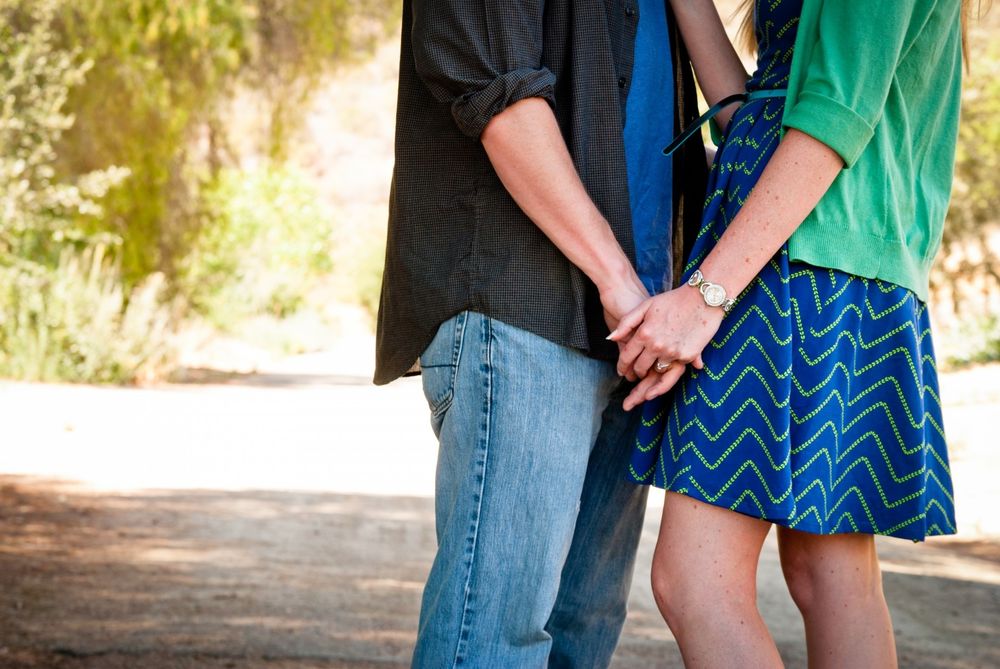KUALA LUMPUR, May 8 — Are you dealing with a workplace crush or an ex who still stays “in-touch” with you?
Well, such a scenario can turn into a major problem if you are in a committed relationship.
It can become even more hurtful when outside temptations creep in to the point where you can no longer resist your urge to cheat.
Although the thought of being with multiple sex partners may be pleasurable to some, consultant urologist Professor Dr George Lee Eng Geap said most studies demonstrated negative responses of infidelity in a relationship.
“These include rage, aggressiveness, loss of trust, decrease personal and sexual confidence.
“Its psychological adversity may include sadness, depression, guilt, damaged self-esteem and fear of abandonment,” he added.
Dr Lee said other negative outcomes of infidelity may include damages to a relationship with children, parents and of course legal repercussion.
“A 1983 report found that of a sample of 205 divorced individuals, half of them stated infidelity as the major cause of the break-up.”
He added that the violation of a couple’s assumed emotional or sexual exclusivity in a relationship, which is referred to as infidelity, adultery, cheating, unfaithful or having an affair with someone has been extensively studied since the 1950s.
Citing the father of sexual medicine, Alfred Kinsey, Dr Lee said the late biologist suggested that such behaviours are historically and culturally common.
“He reported half of the male and a quarter of the female participants in a study admitted that they had committed adultery,” he added.
Dr Lee, however, said the data has somewhat evolved in recent years.
Referring to a study from the 1990s, Dr Lee said it was found that between 2.2 per cent of married Americans reported (having sexual encounters with) more than one partner during the past year, and up to a quarter of the participants admitted to having extramarital affairs.
The study also found that individuals with stronger sexual interests, more permissive sexual values, lower subjective satisfaction with a partner, greater sexual opportunities and weaker network ties with their partners were more likely to be unfaithful.
The fuel for casual sex desire
According to Dr Lee, the urge for casual sex stems from sexual activities taking place outside a romantic commitment.
“Behaviours such as causal dating, one-night stands and swinging are typical of casual sex where the absence of emotional attachment and familiarity with the sexual partner is evident.”
He said, the culture of casual sex emerged in the 1920s when the “flapper lifestyle” became popular.
“The automotive ownership boomed and the increase in dating venues such as jazz halls generated a casual hook-up opportunity for youth.
“The era also coincided with the decrease in parental control of courtship,” he said.
Dr Lee added that the sexual revolution in the 1960s, with the advent of oral contraceptive pills and women’s liberation witnessed the rejection of parental matrimonial ideals.
“In modern days, the depiction of trends in liberal sexual behaviour in films and pop culture continues to push the boundary of sex without procreative intent.
“This is reflected in studies demonstrated one-time sexual encounters amongst college-aged students increasingly common.
“70 per cent of individuals in this age group have partaken in casual sex at least once because of their newfound sexual freedom in early adulthood,” he added.
Who cheats more, men or women?
Despite common beliefs that men may be more unfaithful to their partners, Dr Lee said men and women are found to engage in similar casual sex conducts.
To back his view, he referred to a Canadian survey which studied a group of students who travelled to Florida for spring break.
“This was when students were known to deliberately seeking-out casual encounters and experimenting with risky behaviour.
“The study revealed 30 per cent of participants had penetrative sex with a person they met during the break, despite being in monogamous relationship,” he said.
Dr Lee added that of the 681 students studied, 15 per cent males and 13 per cent females had such casual sexual behaviour.
“It was also found that 61 per cent of men and 34 per cent of women admitted to casual sex within 24 hours of the encounter.”
Dr Lee, however, said other studies demonstrated different statistics when it comes to adultery.
“A different survey found four per cent of married men, 16 per cent of cohabiting men, and 37 per cent of dating men engaged in infidelity.
“This was in comparison with one per cent of married women, eight per cent of cohabiting women and 17 per cent of dating women with such affairs,” he said.






















